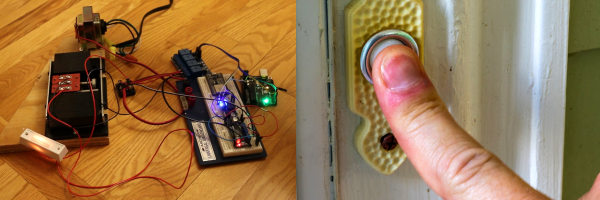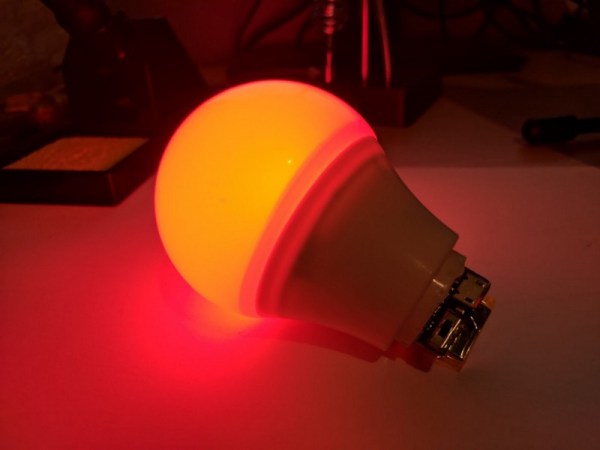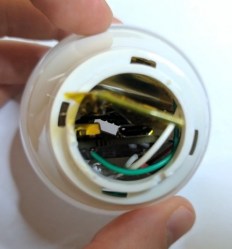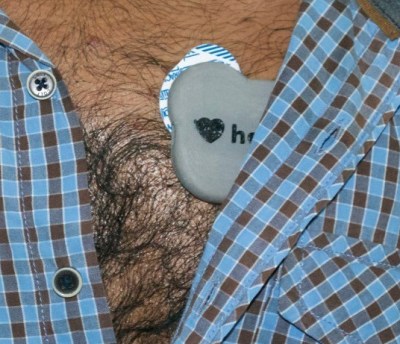[Bruce Sterling], author of fiction and nonfiction tomes aplenty, wrote up one of his projects for Makezine: Casa Jasmina, an IoT “house of the future”. Located in Torino, Italy, it was built upstairs from the Torino Fab Lab as a collaboration between [Bruce], his wife [Jasmina Tesanovic], and a number of other contributors. The original vision was for Casa Jasmina to be jam packed with cool laser-cut furniture, glowing LED projects, and other Maker Faire goodies.
In his piece, however, [Bruce] dials back Casa Jasmina’s technology focus. At a time when people add dodgy WiFi-capable devices to their house willy-nilly, he made it clear that it’s not just a huge assembly of projects no one fully understands. The concept of “making”, [Bruce] writes in his piece, involves algorithms and circuit boards and computer-controlled fabrication machines, and marginalizes those who don’t understand or find fascinating technological innovations. To those who love fabrication, for instance, there is a giddiness involved in creating one’s own chair out of plywood — but end users mostly just care that the creation works like a chair. The place is an AirBNB which makes it a great testbed for providing only what is needed, trusted, and stable.
For more futuristic houses, check out our coverage of 3D-printed concrete houses and this Pi-controlled automated green house.























